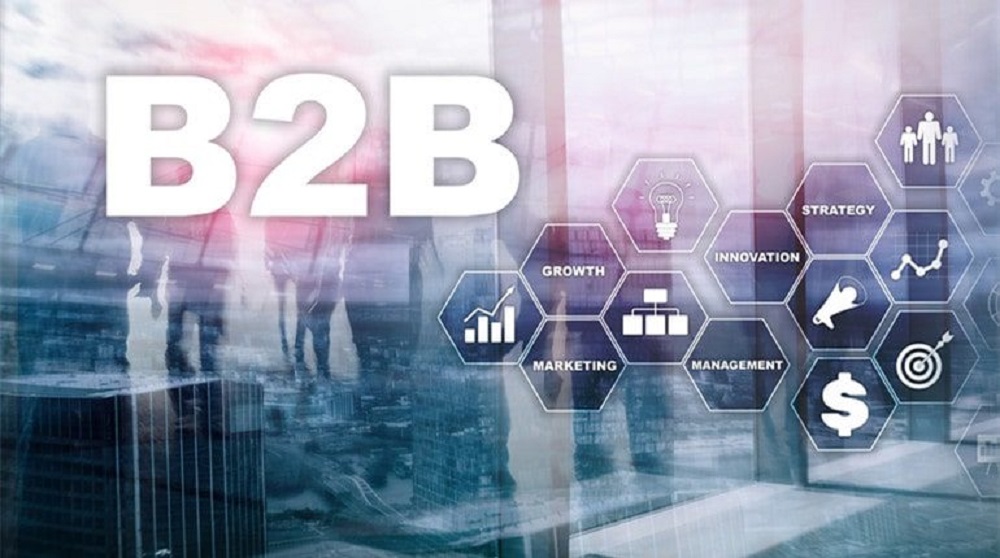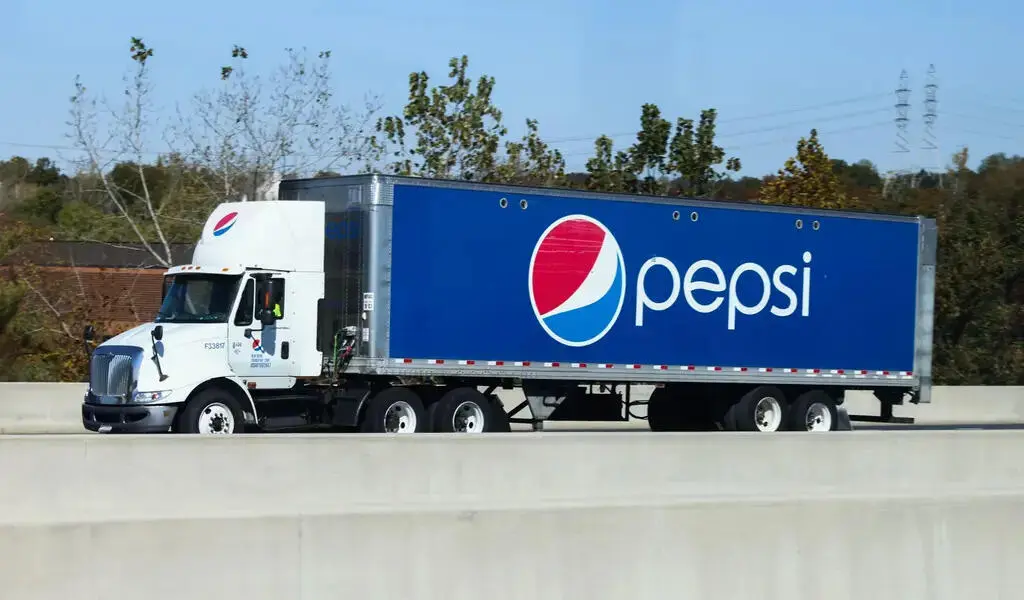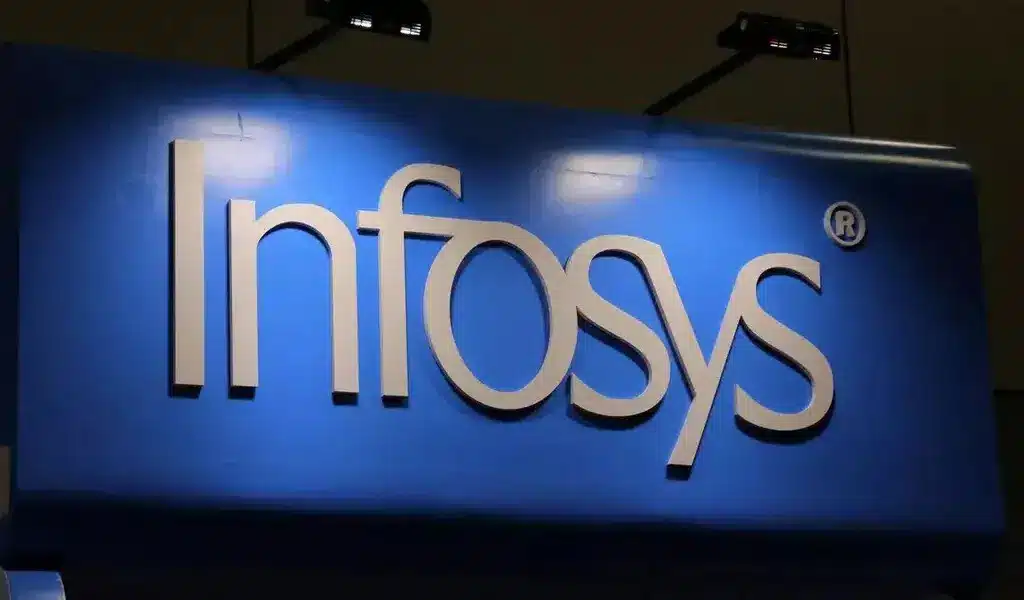Business
B2B Marketing in Thailand Explained for 2023 and Beyond

In the bustling landscape of business, the art of B2B marketing plays a crucial role in shaping the economy. Thailand, a vibrant Southeast Asian nation known for its rich culture, stunning landscapes, and dynamic business environment, is no exception to the world of B2B marketing. In this article, we will delve into the process of B2B marketing in Thailand, simplifying the complex strategies and sharing insights that will be easy for a sixth-grader to understand.
The Basics of B2B Marketing in Thailand
Before we explore the specifics of B2B marketing in Thailand, it’s essential to grasp the fundamentals. B2B stands for “Business-to-Business,” meaning it involves companies selling their products or services to other businesses rather than individual consumers. This often occurs in the form of one business providing raw materials, components, or services to another, contributing to the production of the final product.
Why B2B Marketing Matters
B2B marketing is the engine that keeps the wheels of commerce turning. In Thailand, as in many other places, B2B transactions form the backbone of the economy. Businesses rely on one another for various needs, from machinery and equipment to software and marketing services. Understanding the B2B marketing process can give us valuable insights into how this complex web of transactions operates.
The B2B Marketing Process in Thailand
In Thailand, the B2B marketing process is not too different from the rest of the world. It typically involves several key steps, and here we break them down for you:
1. Market Research
The first step in B2B marketing is to understand the market thoroughly. Businesses in Thailand invest time and effort in researching their target audience, industry trends, and competitors. This research helps them identify the right opportunities and create strategies accordingly.
2. Product Development
Once businesses have a clear understanding of the market, they develop products or services tailored to the needs of their potential clients. Innovation and quality play a significant role in staying competitive in the Thai market.
3. Content Creation and Promotion
To reach their target audience, businesses create content like informative articles, engaging videos, and social media posts. These materials help educate potential clients about their products or services. In Thailand, content marketing has gained momentum, with businesses tapping into the power of online platforms.
4. Building Relationships
Building strong and trustworthy relationships is a crucial aspect of B2B marketing in Thailand. Networking events, social gatherings, and online platforms are all avenues through which businesses connect with potential clients. In this process, appointment setters, skilled in making introductions and scheduling meetings between businesses, play a vital role.
5. Sales and Negotiation
The sales process in B2B marketing is usually more intricate than in B2C (Business-to-Consumer) marketing. In Thailand, businesses often have dedicated teams of sales professionals who understand the art of negotiation and strive to provide the best deals for both parties involved.
6. Closing the Deal
Once negotiations are complete, it’s time to close the deal. This might involve signing contracts, making payments, or other formalities, depending on the nature of the transaction.
7. Post-Sale Support
In the B2B world, the relationship doesn’t end with the sale. In Thailand, businesses emphasize providing excellent post-sale support to ensure customer satisfaction and long-term partnerships.

The Role of Appointment Setters
In the fast-paced world of B2B marketing in Thailand, appointment setters play a crucial role. These professionals are responsible for scheduling meetings and discussions between businesses. They act as a bridge between potential clients and the businesses, facilitating communication and collaboration. The keyword “appointment setters” is strategically placed here to highlight their essential role.
B2B Marketing in Thailand: A Quick Look at the Numbers
Let’s take a moment to look at some interesting statistics related to B2B marketing in Thailand:
Digital Dominance: Thailand has witnessed a significant shift towards digital marketing. In 2021, digital ad spending in Thailand reached $468 million, marking a considerable increase from previous years.
E-commerce Boom: The e-commerce industry in Thailand has been on the rise. In 2020, the total e-commerce market value in Thailand reached $7 billion, reflecting the growing importance of online business transactions.
Global Connections: Thailand’s strategic location in Southeast Asia has made it a hub for international trade. B2B marketing in Thailand often involves global partnerships, contributing to the country’s export-oriented economy.
Wrapping It Up
B2B marketing in Thailand is a multifaceted process that involves market research, product development, content creation, building relationships, negotiation, and much more. The role of appointment setters in facilitating communication between businesses cannot be underestimated.
As Thailand continues to grow as a dynamic business destination, understanding the B2B marketing process is crucial for both local and international businesses seeking to thrive in this vibrant market. By simplifying complex strategies and staying informed about market trends, any business, whether new or established, can find success in the Land of Smiles.
Business
PepsiCo Reduces Revenue Projections As North American Snacks And Key International Markets Underperform.

(VOR News) – In the third quarter of this year, Pepsi’s net income was $2.93 billion, which is equivalent to $2.13 per share. This was attributed to the company.
This is in stark contrast to net income of $3.09 billion, which is equivalent to $2.24 per share, during the same period in the previous year. The company’s earnings per share were $2.31 when expenses were excluded.
Net sales decreased by 0.6%, totaling $23.32 billion. Organic sales increased by 1.3% during the quarter when the effects of acquisitions, divestitures, and currency changes are excluded.
Pepsi’s beverage sales fell this quarter.
The most recent report indicates that the beverage and food sectors of the organization experienced a 2% decline in volume. Consumers of all income levels are demonstrating a change in their purchasing habits, as indicated by CEOs’ statements from the previous quarter.
Pepsi’s entire volume was adversely affected by the lackluster demand they encountered in North America. An increasing number of Americans are becoming more frugal, reducing the number of snacks they ingest, and reducing the number of times they purchase at convenience stores.
Furthermore, Laguarta observed that the increase in sales was partially attributed to the election that occurred in Mexico during the month of June.
The most significant decrease in volume was experienced by Quaker Foods North America, which was 13%. In December, the company announced its initial recall in response to a potential salmonella infection.
Due to the probability of an illness, the recall was extended in January. Pepsi officially closed a plant that was implicated in the recalls in June, despite the fact that manufacturing had already been halted.
Jamie Caulfield, the Chief Financial Officer of Pepsi and Laguarta, has indicated that the recalls are beginning to have a lessening effect.
Frito-Lay experienced a 1.5% decline in volume in North America. The company has been striving to improve the value it offers to consumers and the accessibility of its snack line, which includes SunChips, Cheetos, and Stacy’s pita chips, in the retail establishments where it is sold.
Despite the fact that the category as a whole has slowed down in comparison to the results of previous years, the level of activity within the division is progressively increasing.
Pepsi executives issued a statement in which they stated that “Salty and savory snacks have underperformed year-to-date after outperforming packaged food categories in previous years.”
Pepsi will spend more on Doritos and Tostitos in the fall and winter before football season.
The company is currently promoting incentive packets for Tostitos and Ruffles, which contain twenty percent more chips than the standard package.
Pepsi is expanding its product line in order to more effectively target individuals who are health-conscious. The business announced its intention to acquire Siete Foods for a total of $1.2 billion approximately one week ago. The restaurant serves Mexican-American cuisine, which is typically modified to meet the dietary needs of a diverse clientele.
The beverage segment of Pepsi in North America experienced a three percent decrease in volume. Despite the fact that the demand for energy drinks, such as Pepsi’s Rockstar, has decreased as a result of consumers visiting convenience stores, the sales of well-known brands such as Gatorade and Pepsi have seen an increase throughout the quarter.
Laguarta expressed his opinion to the analysts during the company’s conference call, asserting, “I am of the opinion that it is a component of the economic cycle that we are currently experiencing, and that it will reverse itself in the future, once consumers feel better.”
Additionally, it has been noted that the food and beverage markets of South Asia, the Middle East, Latin America, and Africa have experienced a decline in sales volume. The company cut its forecast for organic revenue for the entire year on Tuesday due to the business’s second consecutive quarter of lower-than-anticipated sales.
The company’s performance during the quarter was adversely affected by the Quaker Foods North America recalls, the decrease in demand in the United States, and the interruptions that occurred in specific international markets, as per the statements made by Chief Executive Officer Ramon Laguarta.
Pepsi has revised its forecast for organic sales in 2024, shifting from a 4% growth rate to a low single-digit growth rate. The company reiterated its expectation that the core constant currency profitability per share will increase by a minimum of 8% in comparison to the previous year.
The company’s shares declined by less than one percent during premarket trading. The following discrepancies between the company’s report and the projections of Wall Street were identified by LSEG in a survey of analysts:
SOURCE: CNBC
SEE ALSO:
Old National Bank And Infosys Broaden Their Strategic Partnership.
Business
Old National Bank And Infosys Broaden Their Strategic Partnership.

(VOR News) – Old National Bank, a commercial bank with its headquarters in the Midwest, and Infosys, a firm that specializes in information technology, have recently entered into a strategic expansion of their link, which has been in place for the past four years.
This expansion is more likely to take place sooner rather than later, with the likelihood being higher.
For the purpose of making it possible for Old National Bank to make use of the services, solutions, and platforms that are offered by Infosys, the objective of this expansion is to make it possible for the bank to transform its operations and processes through the application of automation and GenAI, as well as to change significant business areas.
This lets the bank leverage Infosys’ services, solutions, and platforms.
Old National Bank Chairman and CEO Jim Ryan said, “At Old National, we are committed to creating exceptional experiences for both our customers and our fellow employees.”
This statement is applicable to Old National Bank. Infosys is carefully managing the business process innovations that it is putting us through, putting a strong emphasis on efficiency and value growth throughout the process to ensure that it is carried out efficiently.
This is a routine occurrence throughout the entire operation. Because of Infosys’ dedication to our development and success, we are incredibly appreciative of the assistance they have provided.
Old National has been receiving assistance from Infosys in the process of updating its digital environment since the year 2020, according to the aforementioned company.
Ever since that time, the company has been providing assistance. The provision of this assistance has been accomplished through the utilization of a model that is not only powerful but also capable of functioning on its own power.
Infosys currently ranks Old National thirty-first out of the top thirty US banks.
This ranking is based on the fact that Old National is the nation’s largest banking corporation.
It is estimated that the total value of the company’s assets is approximately fifty-three billion dollars, while the assets that are currently being managed by the organization are valued at thirty billion dollars.
Dennis Gada, the Executive Vice President and Global Head of Banking and Financial Services, stated that “Old National Bank and Infosys possess a robust cultural and strategic alignment in the development, management, and enhancement of enterprise-scale solutions to transform the bank’s operations and facilitate growth.”
This remark referenced the exceptional cultural and strategic synergy between the two organizations. Dennis Gada is the one who asserted this claim. This was articulated explicitly concerning the exceptional cultural congruence and strategy alignment of the two organizations.
We are pleased to announce that the implementation of Infosys Topaz will substantially expedite the transformation of Old National Bank’s business processes and customer service protocols. We are exceedingly enthusiastic about this matter. We are quite thrilled about this specific component of the scenario.
Medium-sized banks operating regionally will continue to benefit from our substantial expertise in the sector, technology, and operations. This specific market segment of Infosys will persist in benefiting from our extensive experience. This phenomenon will enable this market sector to sustain substantial growth and efficiency benefits.
SOURCE: THBL
SEE ALSO:
American Water, The Largest Water Utility In US, Is Targeted By A Cyberattack
States Sue TikTok, Claiming Its Platform Is Addictive And Harms The Mental Health Of Children
Qantas Airways Apologizes After R-Rated Film Reportedly Airs On Every Screen During Flight
Business
American Water, The Largest Water Utility In US, Is Targeted By A Cyberattack

The largest regulated water and wastewater utility company in the United States stated Monday that it had been the target of a cyberattack, forcing the company to halt invoicing to consumers.
American Water, The Largest Water Utility In US, Is Targeted By A Cyberattack
American Water, based in New Jersey and serving over 14 million people in 14 states and 18 military facilities, said it learned of the unauthorized activity on Thursday and quickly took precautions, including shutting down certain systems. The business does not believe the attack had an impact on its facilities or operations and said employees were working “around the clock” to determine the origin and scale of the attack.

According to their website, American Water operates over 500 water and wastewater systems in around 1,700 communities across California, Georgia, Hawaii, Illinois, Indiana, Iowa, Kentucky, Maryland, Missouri, New Jersey, Pennsylvania, Tennessee, Virginia, and West Virginia.
SOURCE | AP
-

 News3 years ago
News3 years agoLet’s Know About Ultra High Net Worth Individual
-
Entertainment2 years ago
Mabelle Prior: The Voice of Hope, Resilience, and Diversity Inspiring Generations
-

 Health3 years ago
Health3 years agoHow Much Ivermectin Should You Take?
-

 Tech2 years ago
Tech2 years agoTop Forex Brokers of 2023: Reviews and Analysis for Successful Trading
-

 Lifestyles2 years ago
Lifestyles2 years agoAries Soulmate Signs
-

 Movies2 years ago
Movies2 years agoWhat Should I Do If Disney Plus Keeps Logging Me Out of TV?
-

 Health3 years ago
Health3 years agoCan I Buy Ivermectin Without A Prescription in the USA?
-

 Learning2 years ago
Learning2 years agoVirtual Numbers: What Are They For?













